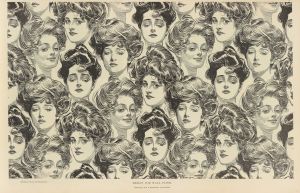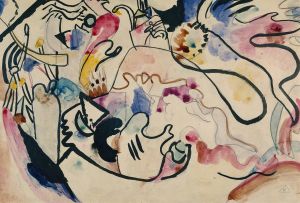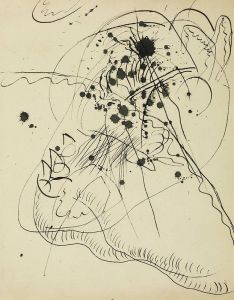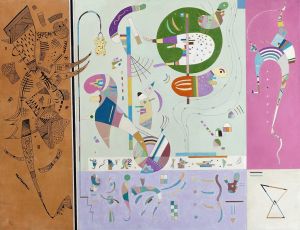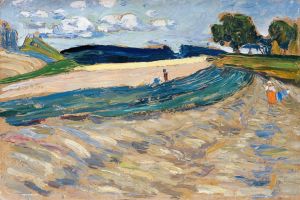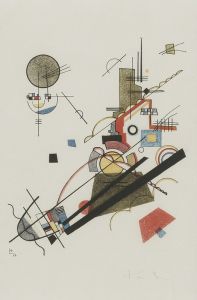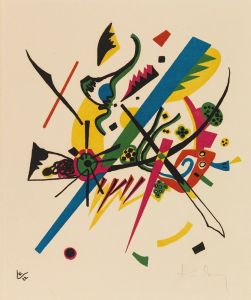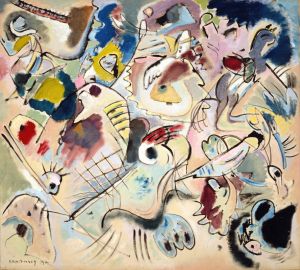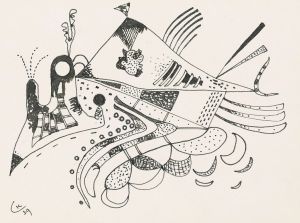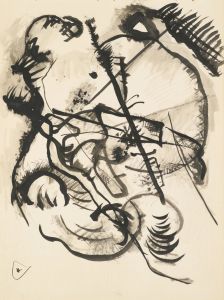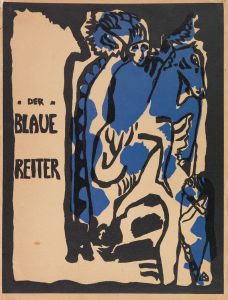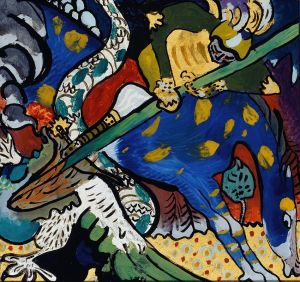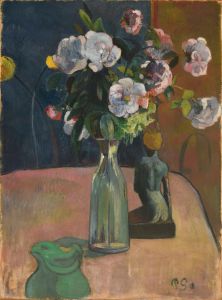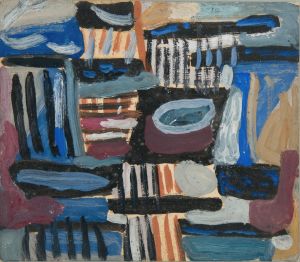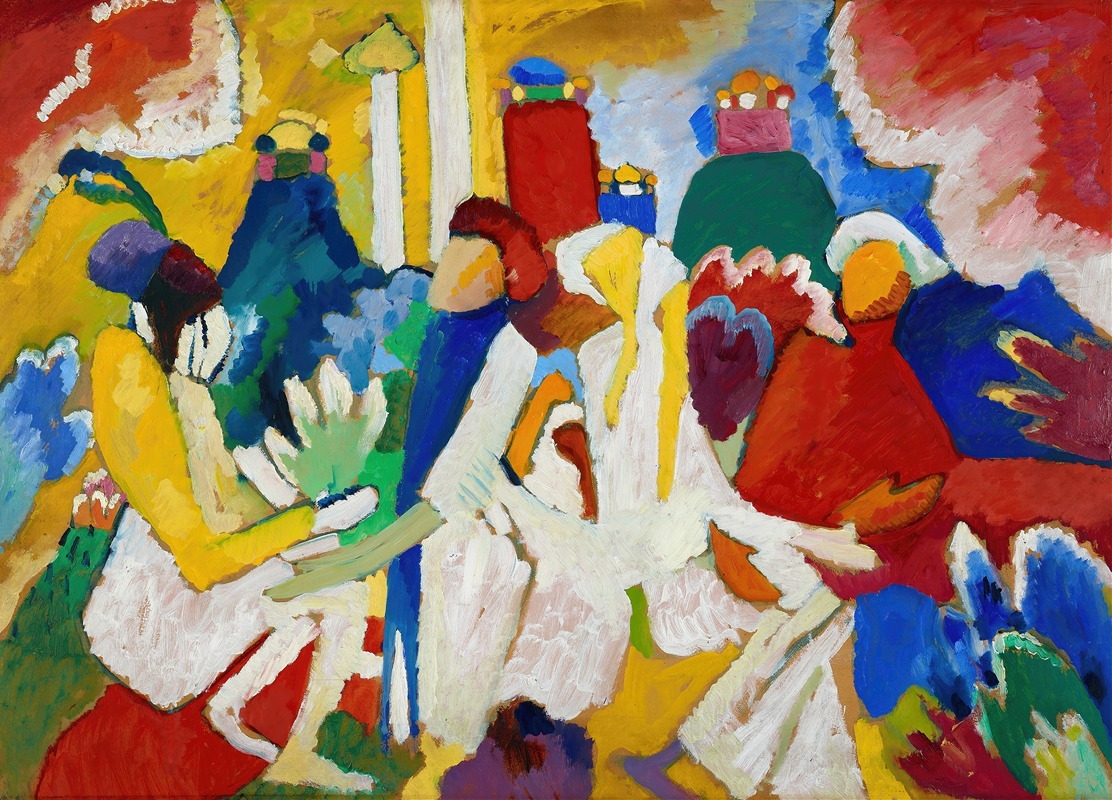
Oriental
A hand-painted replica of Wassily Kandinsky’s masterpiece Oriental, meticulously crafted by professional artists to capture the true essence of the original. Each piece is created with museum-quality canvas and rare mineral pigments, carefully painted by experienced artists with delicate brushstrokes and rich, layered colors to perfectly recreate the texture of the original artwork. Unlike machine-printed reproductions, this hand-painted version brings the painting to life, infused with the artist’s emotions and skill in every stroke. Whether for personal collection or home decoration, it instantly elevates the artistic atmosphere of any space.
"Oriental" is a painting created by the Russian artist Wassily Kandinsky in 1909. Kandinsky is widely regarded as one of the pioneers of abstract art, and his works are known for their vibrant colors and innovative compositions. "Oriental" is an exemplary piece that showcases Kandinsky's transition from figurative to abstract art, reflecting his deep interest in color theory and the spiritual in art.
The painting "Oriental" is characterized by its bold use of color and dynamic forms. It features a complex arrangement of shapes and lines that create a sense of movement and energy. The composition is dominated by a rich palette of reds, blues, yellows, and greens, which are applied in a way that emphasizes their emotional and symbolic significance. Kandinsky believed that colors had a profound impact on the human soul and could evoke specific feelings and moods.
In "Oriental," Kandinsky employs a variety of techniques to achieve a sense of depth and texture. He uses both thick and thin brushstrokes, as well as areas of flat color and intricate patterns. This combination of techniques creates a layered effect that draws the viewer's eye across the canvas and invites them to explore the painting in detail. The title "Oriental" suggests an influence from Eastern art and culture, which was a common source of inspiration for many artists of the time. Kandinsky was particularly interested in the spiritual and symbolic aspects of Eastern art, and this is reflected in the mystical and otherworldly quality of the painting.
Kandinsky's work during this period was heavily influenced by his theoretical writings on art. In his 1911 book "Concerning the Spiritual in Art," he articulated his belief that art should transcend mere representation and express deeper spiritual truths. "Oriental" can be seen as an embodiment of these ideas, as it moves away from realistic depiction and towards a more abstract and symbolic language.
The painting is also notable for its compositional structure. Kandinsky often used geometric shapes and lines to create a sense of harmony and balance in his works. In "Oriental," the arrangement of forms suggests a dynamic interplay between order and chaos, reflecting the artist's interest in the dualities of existence. This tension between structure and spontaneity is a hallmark of Kandinsky's style and contributes to the painting's enduring appeal.
"Oriental" is part of Kandinsky's broader body of work that explores the relationship between color, form, and emotion. His innovative approach to painting had a profound impact on the development of modern art, influencing movements such as Abstract Expressionism and Color Field painting. Today, Kandinsky is celebrated as a visionary artist who pushed the boundaries of artistic expression and opened up new possibilities for future generations of artists.
The painting is housed in the Städtische Galerie im Lenbachhaus in Munich, Germany, which holds one of the most significant collections of Kandinsky's works. The Lenbachhaus is renowned for its extensive collection of works by the Blue Rider group, of which Kandinsky was a founding member. "Oriental" remains a key piece in understanding Kandinsky's artistic evolution and his contributions to the world of abstract art.





